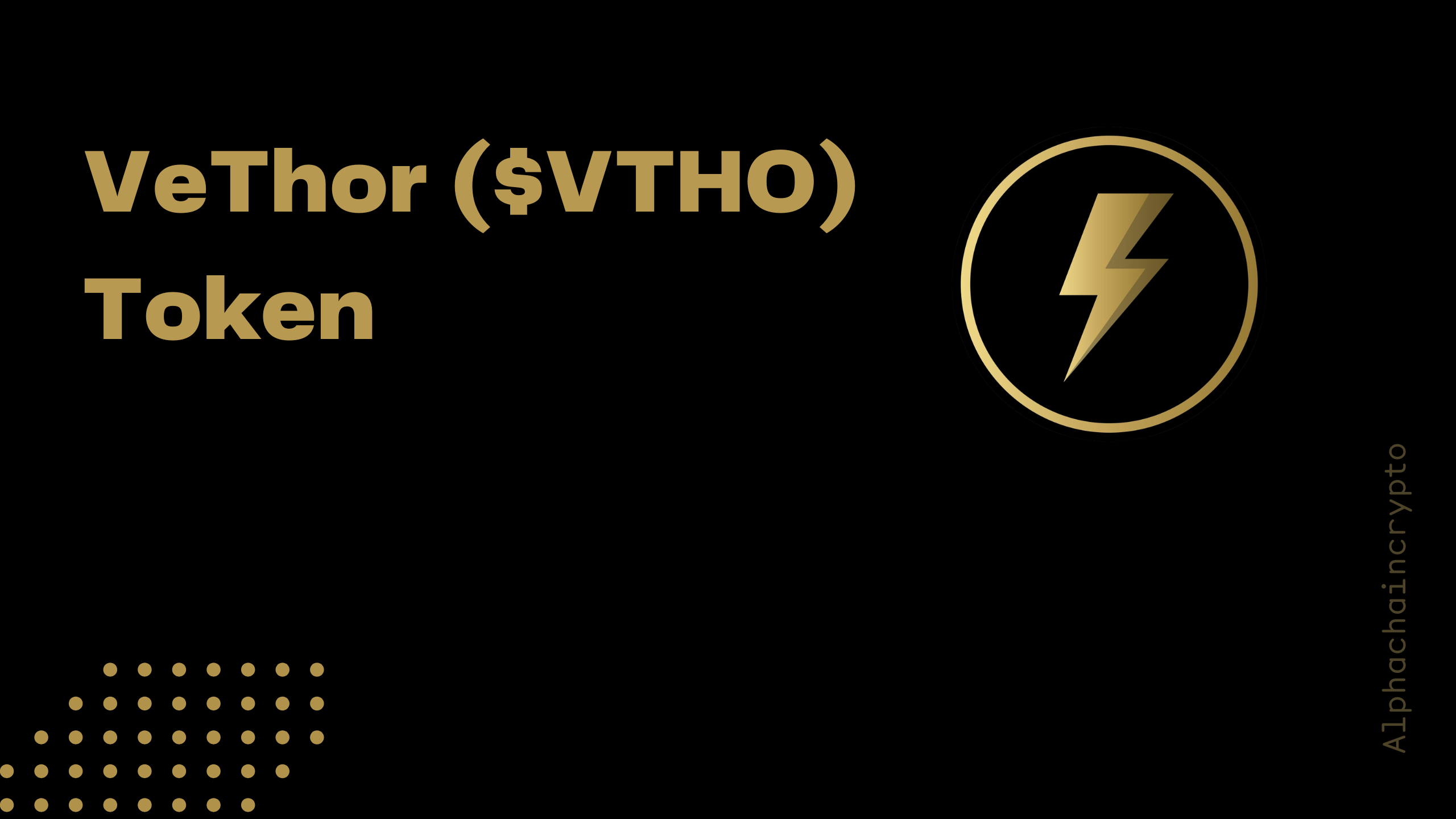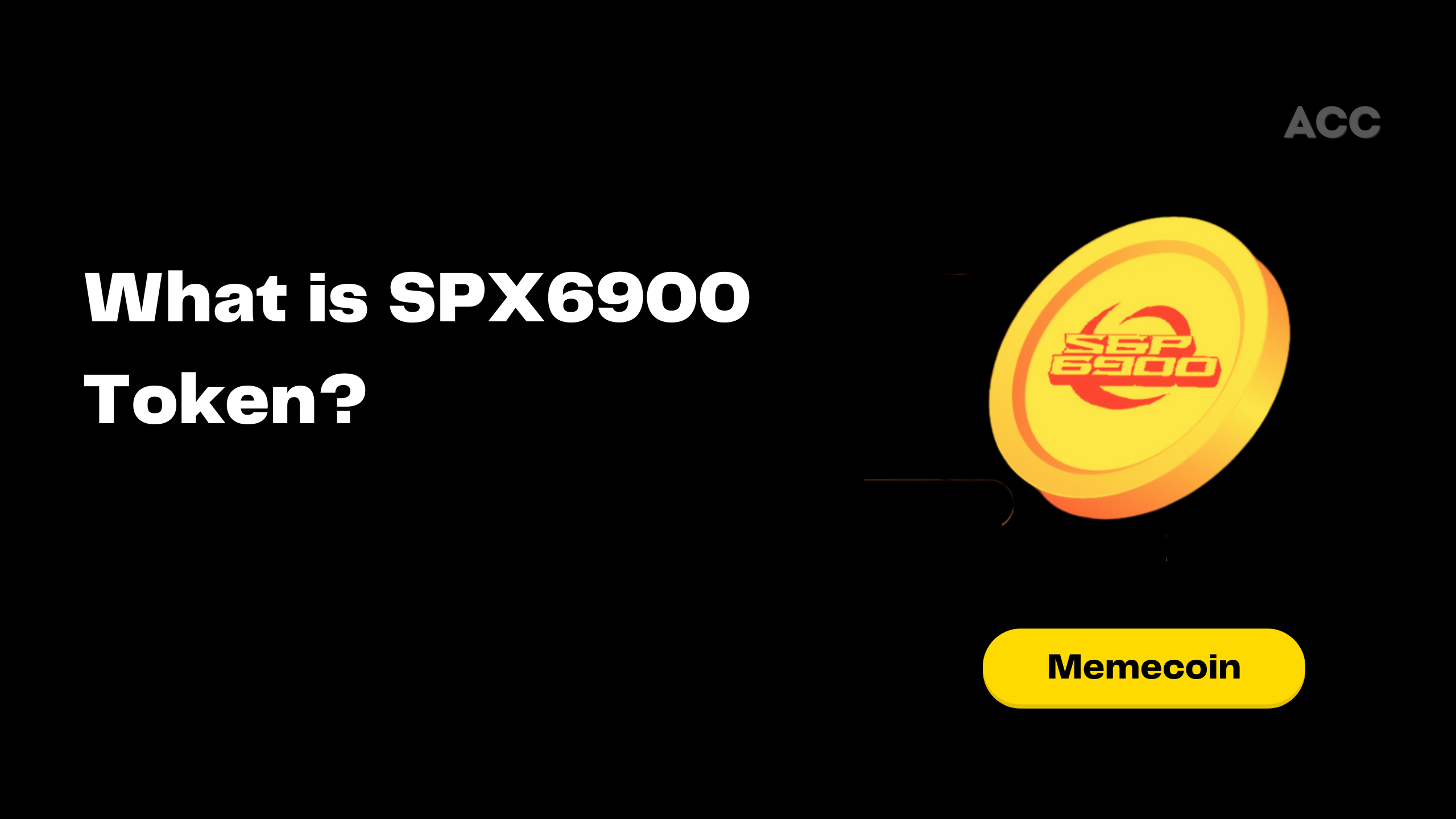In the world of cryptocurrency, investors often come across an issue of holding very small amounts of various cryptocurrencies in their wallets or exchange accounts. These tiny, seemingly insignificant amounts are known as “dust.” While dust might not seem like much, over time, these small fragments can accumulate, leading to a cluttered portfolio and potentially hindering trading efficiency. Dust conversion is the solution that helps users manage these small amounts, making their portfolios cleaner and often more usable. In this article, we’ll explore what dust conversion is, why it’s necessary, and how it works.
- What is Dust in Cryptocurrency?
- Why Does Dust Accumulate?
- What is Dust Conversion?
- How Dust Conversion Works?
- Benefits of Dust Conversion
- Limitations and Risks
- How to Use Dust Conversion on Major Exchanges
What is Dust in Cryptocurrency?
In cryptocurrency trading, “dust” refers to small, fractional amounts of a cryptocurrency that are left over after trades. These amounts are usually so minimal that they can’t be used for further trading or transferred to another wallet without incurring fees that would outweigh the value of the dust itself. Dust often arises from rounding issues in trades, transaction fees, or leftover amounts after a transaction where the amount traded isn’t a whole number.
In the context of Bitcoin, dust is generally considered any amount of Bitcoin that’s smaller than the standard transaction fee required to transfer it. However, the concept of dust applies across different cryptocurrencies and is common in crypto wallets and exchanges.
Why Does Dust Accumulate?
There are several reasons why dust accumulates in crypto wallets, including:
- Trading Remainders: After a trade, the leftover fractions of a cryptocurrency can remain in the account as dust.
- Transaction Fees: When paying transaction fees, users might be left with amounts too small to trade or withdraw.
- Rounding in Trades: Many exchanges round down trades to a certain decimal point, leaving tiny amounts that aren’t accounted for in the final trade amount.
- Forks and Airdrops: Sometimes, users receive fractional amounts from blockchain forks or airdrops, which they may not trade immediately.
Over time, these fractions accumulate, and while each bit may seem insignificant, the combined dust from multiple transactions can clutter a crypto account and limit trading efficiency.
What is Dust Conversion?
Dust conversion is a feature offered by many cryptocurrency exchanges to help users convert these small, unusable amounts into a more usable form. Typically, exchanges allow users to convert their dust into a stable cryptocurrency or the platform’s native token. Dust conversion provides an easy way to clean up portfolios and potentially gain value from otherwise unusable assets.
For example, on some major exchanges, users can convert all their leftover dust into the platform’s native token, such as Binance Coin (BNB) on Binance or other similar tokens on different exchanges. This process effectively transforms fractional amounts into a larger, usable sum, which can be traded, withdrawn, or used to pay transaction fees.
How Dust Conversion Works
The exact process of dust conversion can vary by exchange, but the general steps are as follows:
- Identify Dust: The exchange software identifies small, leftover amounts of various cryptocurrencies in a user’s account that fall under the dust threshold.
- Conversion to Token: The user can opt to convert all identified dust into a specific cryptocurrency, usually the platform’s native token.
- Aggregation: The dust from multiple currencies is aggregated into a usable amount.
- Confirmation: The user confirms the conversion, after which the aggregated amount is credited to their wallet.
Typically, exchanges impose limits on how often users can convert dust, such as once every 24 hours, and they may have minimum thresholds for dust conversion to ensure practicality and avoid excessive transaction fees.
Benefits of Dust Conversion
Dust conversion offers several advantages to cryptocurrency users:
- Portfolio Organization: Dust conversion helps users maintain a clean, organized portfolio by eliminating tiny amounts of various cryptocurrencies.
- Increased Usability: By converting dust into a usable token, users can increase their available balance, which they can then trade or withdraw.
- Transaction Fee Savings: Converting dust into a token that can be used to pay for transaction fees (e.g., Binance Coin on Binance) can lead to savings on trading fees.
- Efficient Capital Utilization: Instead of holding unusable fractions of different cryptocurrencies, users can convert them into a form they can use for further investments.
Limitations and Risks of Dust Conversion
Despite its benefits, dust conversion does have some limitations and potential risks:
- Conversion Rate: Dust is often converted at the market rate, which can fluctuate, leading to minor losses if the rates are unfavorable.
- Limited Tokens: Most exchanges only allow conversion into their native token, which may not be what every user prefers. Some users may not want to accumulate a particular token.
- Frequency Restrictions: Many exchanges restrict how frequently users can perform dust conversions, which can be inconvenient for active traders who generate dust regularly.
- Transaction Fees and Tax Implications: Although dust conversion is generally fee-free on exchanges, some countries might consider dust conversions as taxable events, impacting users’ tax reporting.
How to Use Dust Conversion on Major Exchanges
Let’s explore how to use dust conversion on some of the leading exchanges that offer this feature.
Binance
- Log into Your Binance Account: Go to the wallet section, then navigate to “Spot Wallet” or “Fiat and Spot.”
- Find the Dust Conversion Option: Binance has a “Convert Small Balances to BNB” option in the wallet menu.
- Select Cryptocurrencies to Convert: Check the boxes for the dust you want to convert.
- Convert to BNB: Confirm the conversion to Binance Coin (BNB). The converted BNB will appear in your wallet.
KuCoin
- Log into Your KuCoin Account: Access the “Assets” section of your account.
- Convert to KCS: Look for the “Convert to KCS” option. KuCoin allows users to convert dust into KuCoin Shares (KCS).
- Select and Confirm: Choose the dust amounts and confirm the conversion.
Coinbase Pro
While Coinbase does not directly offer a dust conversion feature, users can manage their portfolios by consolidating small balances or withdrawing them to wallets that support fractional transactions.
Conclusion
Dust conversion in crypto offers an efficient solution for users dealing with small, unusable amounts of cryptocurrency. By converting dust into a more usable form, users can clean up their portfolios, reduce clutter, and maximize their capital efficiency. While the feature is beneficial, users should be mindful of the potential risks, such as conversion rates and limited options for converted tokens. Nevertheless, dust conversion has become a valuable tool for many traders, especially on major platforms like Binance and KuCoin, where dust can be transformed into tokens with practical uses, such as paying transaction fees.
Whether you’re an active trader or a casual investor, understanding dust conversion can help you better manage your cryptocurrency portfolio and make the most out of every fraction of a coin.

A.k.a – alpha girl. Vinita is the founder of Alphachaincrypto. An English Lit Majors, Vinita bumped into Web3 in 2020 only to realise that tech was her calling. Later, Mathreja worked for some notable brands like Near Education, Biconomy, CoinDCX and top of the line crypto start ups.





